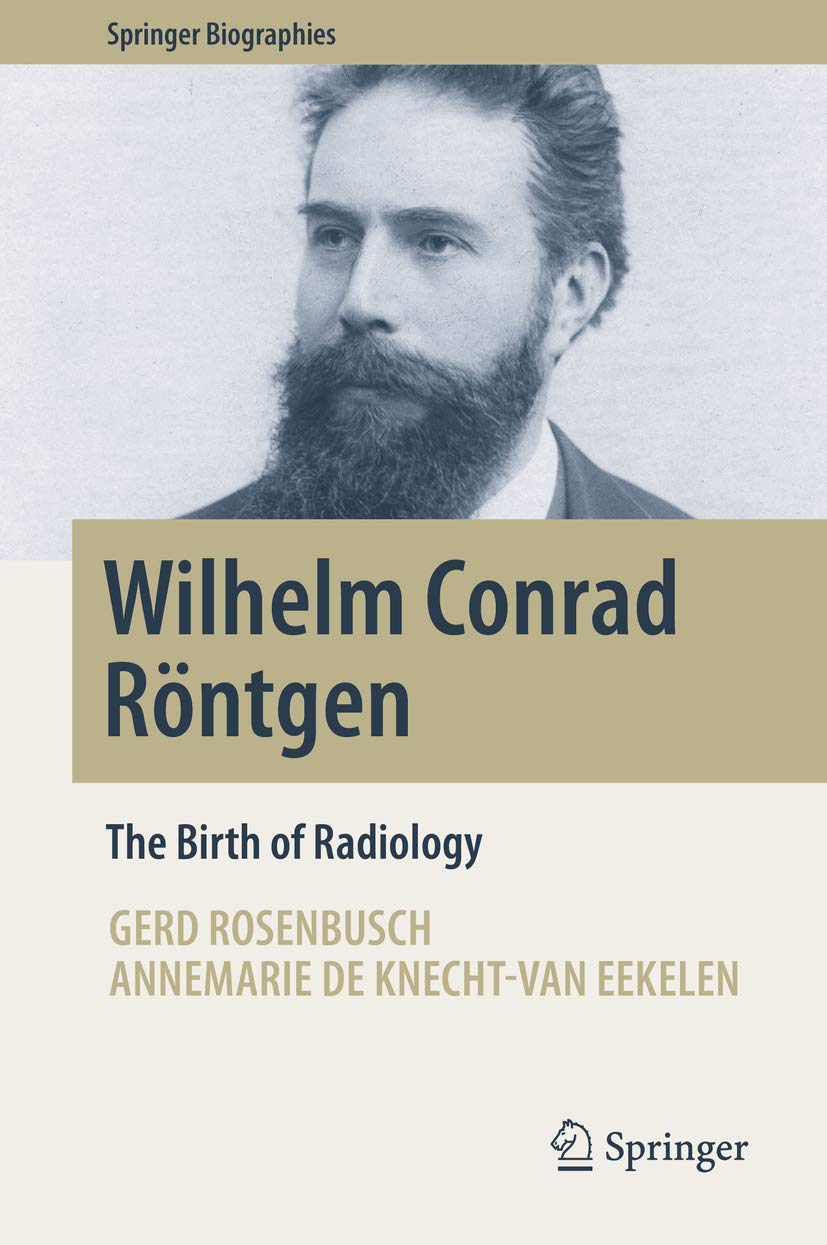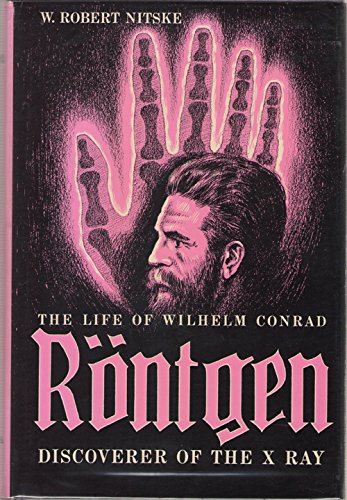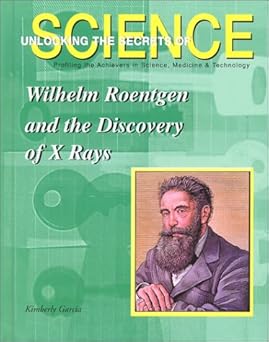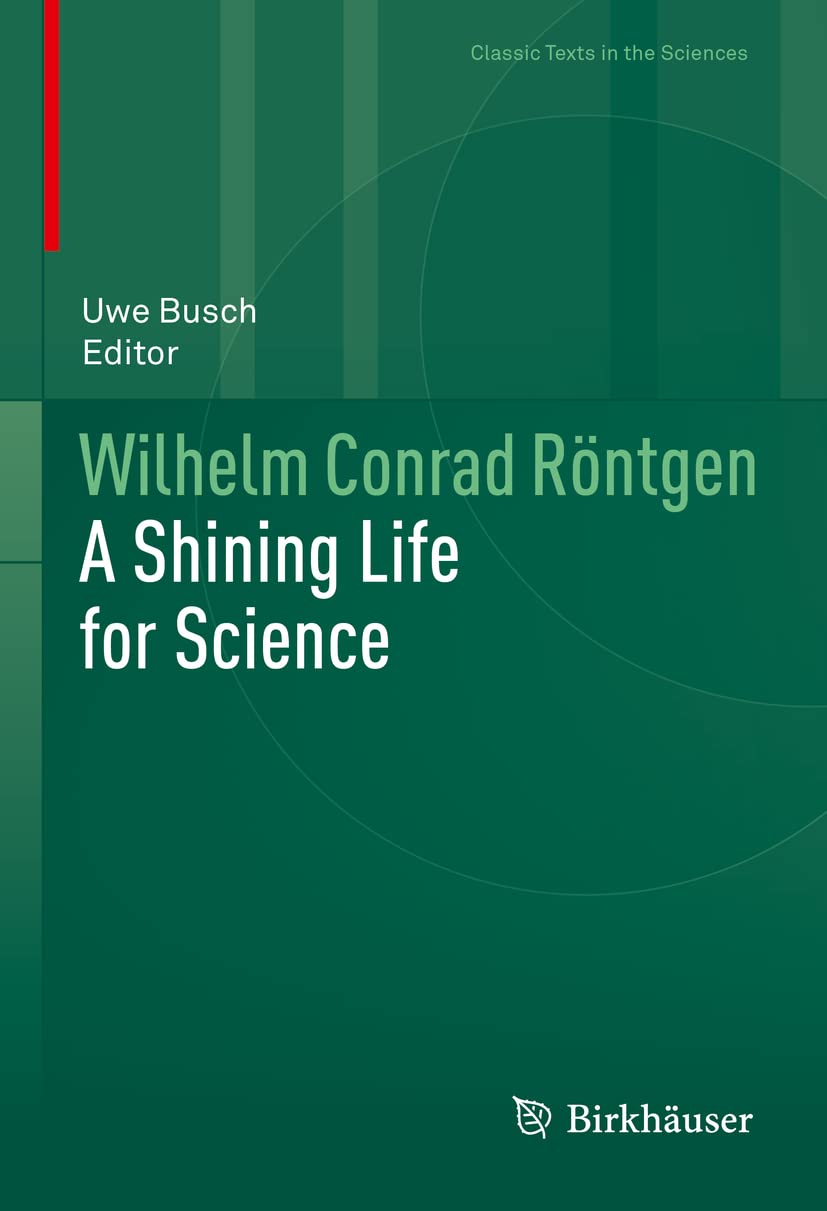Wilhelm Röntgen was a German physicist who made a groundbreaking discovery on November 8, 1895. He found and measured a type of electromagnetic wave that we now know as X-rays or Röntgen rays. This discovery earned him the first-ever Nobel Prize in Physics in 1901. To celebrate his achievement, scientists created a new element called roentgenium in 2004. It’s a very unstable radioactive substance with many different forms. The unit of measurement for how much radiation we’re exposed to is also called the roentgen (R), and it was named after Röntgen too.
Biographical history Education He was born to Friedrich Conrad Röntgen, a German merchant and cloth manufacturer, and Charlotte Constanze Frowein. When he was three years old, his family moved to the Netherlands because they were relatives of his mother’s side of the family. Later, Röntgen went to high school at Utrecht Technical School in the Netherlands. He took classes there for almost two years. In 1865, he got kicked out of school unfairly when one of his teachers found a drawing that was made by someone else about another teacher.

Without a high school diploma, Röntgen could only visit universities in the Netherlands as a guest. In 1865, he tried to enroll at Utrecht University, but wasn’t allowed because he didn’t meet the requirements for regular students. He soon discovered that he could attend the Federal Polytechnic Institute in Zürich (now known as ETH Zurich) and took the entrance test. As a result, Röntgen became a student of mechanical engineering at this institute. Three years later, in 1869, he graduated with a PhD from the University of Zurich. During his time there, he studied under Professor August Kundt, who also taught at the new German Kaiser-Wilhelms-Universität in Strasbourg, and eventually followed him to that university.
The place where Wilhelm Röntgen was born is Remscheid-Lennep. In Utrecht, there is an artwork made by someone named Jackie Sleper in 2005, which shows the house where Röntgen lived from 1863 to 1865. The artwork features a wall with pictures around it.
Röntgen’s marble bust can be seen at the Deutsches Museum in Munich. In 1874, Röntgen started teaching physics as a lecturer at the University of Strasbourg. The next year, he became a professor of agriculture at a school in Hohenheim, Germany. He then returned to Strasbourg to teach physics again and eventually took on the role of physics professor at the University of Giessen in 1879. In 1888, Röntgen was appointed as the head of physics at the University of Würzburg. Finally, he became the chair of physics at the University of Munich in 1900 after a special request from the Bavarian government.

Röntgen had relatives living in Iowa, USA, and was planning to move there. However, he got an important job at Columbia University in New York City and bought tickets across the ocean before World War I started. His plans changed after that, but he ended up staying in Munich for the rest of his life.
In 1895, Wilhelm Roentgen was working in his laboratory at the University of Wurzburg’s physical institute to study how electricity affected different vacuum tubes. He was testing various devices from famous scientists such as Heinrich Hertz, Johann Hittorf, William Crookes, Nikola Tesla, and Philipp von Lenard. In early November, he conducted an experiment using one of Lenard’s tubes, which had a thin aluminum window that let cathode rays out but also had a cardboard cover to protect it from damage caused by the strong electric field.
Even though Roentgen knew that the cardboard cover blocked light, he noticed that when he placed a small screen made of barium platinocyanide close to the aluminum window, the invisible cathode rays produced a glowing effect on the screen. It suddenly occurred to Roentgen that if Crookes’ tube had a thicker glass wall than Lenard’s tube, it might also produce this same glowing effect.
On November 8th, 1895, in the late afternoon, Röntgen was eager to test his theory. He built a special box made of black cardboard that was similar to the one he had used on another experiment. He then covered the Crookes–Hittorf tube with this same cardboard and connected it to a special device called a Ruhmkorff coil to create an electric charge. Before starting his test, Röntgen turned off all the lights in the room so that the cardboard box wouldn’t reflect any light. When he sent electricity through the coil, he confirmed that the cardboard box was completely dark and ready for the next part of the experiment. At this moment, Röntgen noticed a faint sparkle coming from a spot near the tube. To make sure it wasn’t just his eyes playing tricks on him, he tried sending electricity through the coil several more times and saw the same sparkle every time. He then lit a match to see where the sparkle was coming from and discovered that it was located right next to the special screen made of barium platinocyanide that he had been planning to use later.

The discovery of regular shadows led Röntgen to call the phenomenon “rays”. On November 8, which was a Friday, he took advantage of the weekend to do some more work and started making his notes. Over the next few weeks, Röntgen ate and slept in his lab as he studied many things about these new rays, which he temporarily called “X-rays” because they were unknown at that time. As people learned more about the X-rays, they began using the word “Röntgen rays” in many languages, and X-ray pictures taken of these rays became known as “Röntgenograms”.
At one point, while he was testing how different materials could block X-rays, Röntgen placed a tiny piece of lead in place when an electric charge was happening. As a result, Röntgen saw the very first image that used X-rays: his own shadowy skeleton on the screen made from barium and platinum compounds.
About six weeks after making his groundbreaking discovery, he used X-rays to take a photo of his wife Anna Bertha’s hand. When she saw her own skeleton, she was shocked and exclaimed that she had seen her own death coming. Later, he took another good picture of his friend Albert von Kölliker’s hand during a public lecture.
Röntgen’s first paper, which introduced a new type of radiation, was published on December 28, 1895. A week later, an Austrian newspaper announced Röntgen’s groundbreaking discovery. After his findings, Röntgen was awarded an honorary Doctor of Medicine degree from the University of Würzburg. He also received the Rumford Medal in 1896 for his contribution to science, which was shared with Philipp Lenard. Lenard had previously shown that some cathode rays could pass through thin metal films like aluminum. In total, Röntgen wrote three papers about X-rays between 1895 and 1897. Now, Röntgen is recognized as the founder of a medical field called diagnostic radiology, which uses imaging to identify diseases.

Wilhelm Röntgen’s personal life took a significant turn with his marriage to Anna Bertha Ludwig. They spent 47 years together until Anna passed away in 1919 at the age of 80. The couple met by chance in Zurich, Switzerland, when Anna was visiting her father’s café, Zum Grünen Glas, back in 1866. A year later, they became engaged and eventually tied the knot on July 7, 1872, in Apeldoorn, Netherlands. However, the delay between their engagement and marriage was due to Wilhelm’s father not approving of Anna’s age and humble background. Their early years together were marked by financial struggles as Wilhelm no longer received family support. Despite this, they welcomed a child named Josephine Bertha Ludwig into their family. When her father passed away in 1887, Anna adopted Josephine at the age of six, providing a loving home for the young girl.
Röntgen took the first X-ray pictures of two people: his wife Anna Bertha Ludwig and Albert von Kölliker’s hand. Röntgen didn’t want to make money from his discoveries because he believed they should be shared for free with everyone. When Röntgen got his Nobel Prize money, he gave 50,000 Swedish krona to the University of Würzburg for research. Although he was honored with a doctorate degree, he refused an offer that would have made him a member of a lower social class, which meant using certain words like “from” in front of his last name. After World War I caused inflation, Röntgen lost all his money and spent his final years at his home near Munich. Röntgen died on February 10, 1923, from a type of cancer that affects the intestines. As per his will, most of his letters to friends and colleagues were destroyed after he passed away.: 113 He was a member of the Dutch Reformed Church.
Recognitions and honors 1896: The Royal Society gave Rumford Medal to Wilhelm Röntgen 1896: The Accademia nazionale delle scienze awarded Matteucci Medal to him 1897: Franklin Institute’s Elliott Cresson Medal went to Röntgen 1900: He received the Barnard Medal for Science from Columbia University 1901: Nobel Prize in Physics was given to Röntgen because he discovered X-rays. When Röntgen got his first Nobel Prize, it honored him for the incredible work he did to find those special rays that were later named after him. However, Röntgen didn’t feel comfortable speaking in front of big groups, so he declined giving a speech at the Nobel event.: 39
Röntgen used half of his $7,000 prize money from the Nobel Prize to fund research at his university, University of Würzburg. He was like Marie and Pierre Curie when it came to not wanting to make money from patents about X-rays. Röntgen thought that society should benefit from these special rays, so he let them be used freely for everyone’s good. In 1900, Röntgen also got the Barnard Medal for Science because of his contributions to science.
In November 2004, scientists decided to name the new element with the atomic number 111 after one of its discoverers. The International Union of Pure and Applied Chemistry (IUPAC) made this official decision. Later in November 2011, another organization called IUPAP agreed with IUPAC’s choice of name.
In 1897, he received a special honor from the American Philosophical Society, making him an International Member. Eight years later, in 1907, he was invited to join the Royal Netherlands Academy of Arts and Sciences as a foreign member.
A part of his belongings has been kept at the National Library of Medicine in Betheda, Maryland.
In Remscheid-Lennep, about 40 miles east of Düsseldorf, there is a museum dedicated to Wilhelm Conrad Röntgen’s discovery. In Würzburg, where Röntgen first found X-rays, a group of volunteers takes care of his laboratory and leads visitors on tours to the memorial site honoring him.
World Radiography Day: Every year on November 8th, people around the world celebrate World Radiography Day to honor the importance of medical imaging in today’s healthcare system. This day marks the discovery anniversary of Wilhelm Conrad Röntgen, who invented X-ray technology back in 1895. The idea of this special day came together as a team effort between three major organizations: the European Society of Radiology, the Radiological Society of North America, and the American College of Radiology.
By 2023, 55 special stamps from around 40 different nations had been released to honor Wilhelm Röntgen for his discovery of X-rays.
The peak in Antarctica is named after a famous scientist named Wilhelm Röntgen.
The small planet in our solar system has been given his name.
As an Amazon Associate, I earn from qualifying purchases.
- 19th Century (16)
- 19th Century Inventors (16)
- 20th Century (1)
- 20th Century Inventors (1)
Leave a Reply